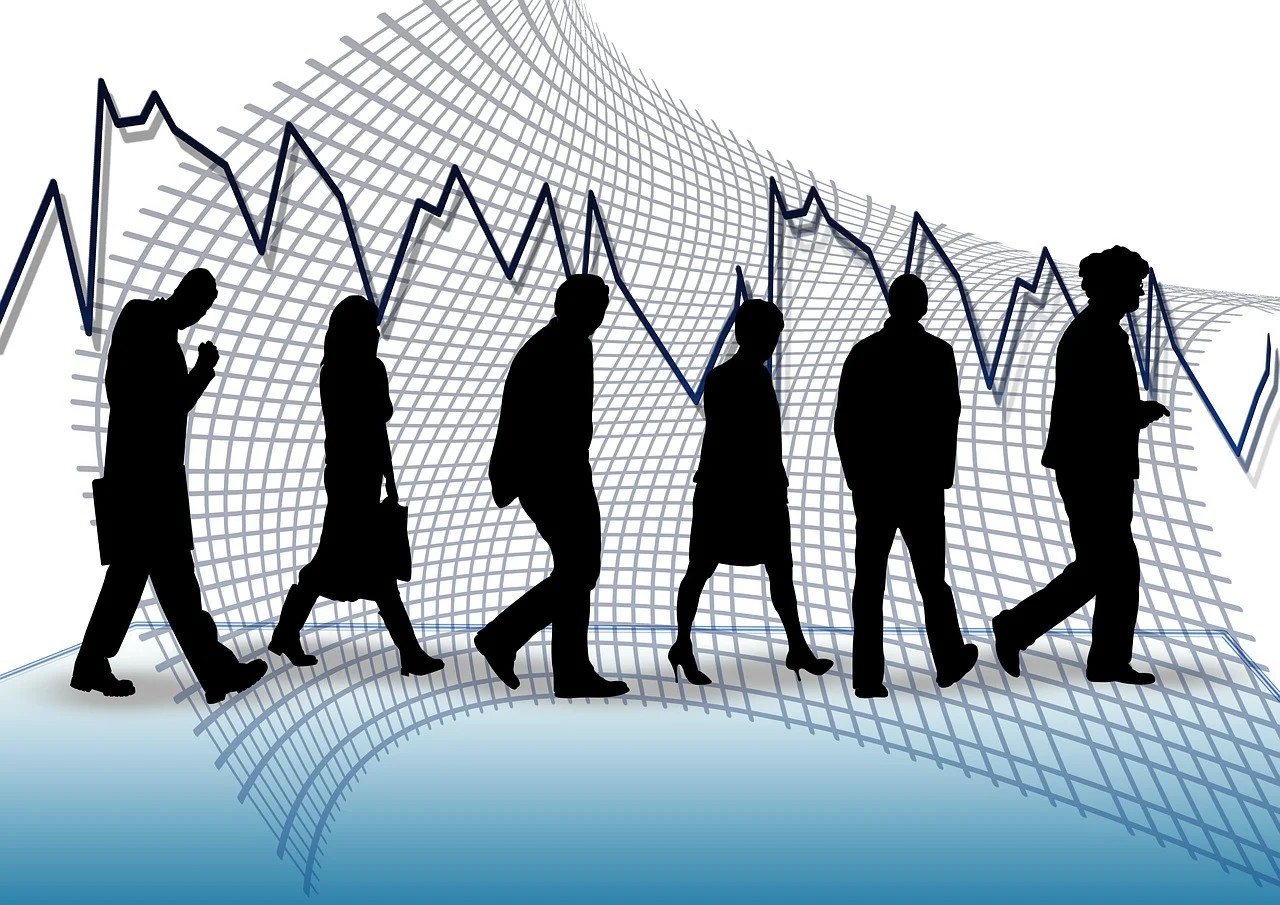A nation’s workforce and overall health are both reflected in the level of unemployment, which is a crucial economic indicator. It is characterized as a state in which people who are able and want to work cannot locate gainful jobs. To effectively tackle this problem and advance economic stability, policymakers and economists must have a thorough understanding of the many forms of unemployment.

A multifaceted strategy is needed to address various forms of unemployment. By empowering people to adjust to shifting labor market demands, encouraging skill development and education can lower frictional and structural unemployment.
Different Types of Unemployment And Their Effects on The Economy
There are three known types of unemployment: structural, frictional, Seasonal, and cyclical unemployment. All of them have their side effects. And below, we have detailed them thus:
- Cyclical Unemployment
This is peculiar to an economy experiencing a decline in the demand for goods and services. When this happens, companies tend to release some of their staff as a way of cutting costs and maintaining production for the small market share. In most cases, most companies lay off all their workers, to employ very few new ones with a reviewed salary structure. The outcome of this will be people finding it a bit hard to get a job. A practical example of this is the recession in the 1990s, which led to a huge rise in the unemployment rate.
Note: the cyclical type of unemployment is medium-term, and is expected to last not more than 12 months.
- Structural Unemployment
The structural type of unemployment happens when there is an imbalance between the available jobs and the prospective job seekers. Reasons for this are often linked to the unavailability of needed skills for the said job. Another reason for this type of unemployment is distance. Most of the qualified candidates for such jobs are often found to live far away outside the company’s residence. A structural unemployment situation is a long-term situation and is estimated to last over 12 months. In the short term, structural unemployment that necessitates retraining or relocation can be difficult to manage.

- Frictional Unemployment
This type of unemployment happens when people move in-between jobs. It also happens when they transition in and out of the labor market. Although there is nothing wrong with a person transitioning in-between jobs; it raises a greater chance of a company finding the right person for the job. The disadvantage lies in the fact that it creates room for continuous, temporary unemployment. Despite being transient, it may continue if there is a mismatch in the abilities of job seekers and employment that are open.
- Seasonal Unemployment:

Seasonal fluctuations in the demand for labor are associated with seasonal unemployment. Throughout the year, many businesses, like tourism, agriculture, and retail, endure swings that result in brief periods of unemployment. Although these individuals might find work at the busiest times of the year, their positions are not secure year-round.
Conclusion
Unemployment is a complicated economic problem that comes in many forms and has a variety of social effects. To combat each type of unemployment, policymakers, economists, and companies must collaborate to establish long-term solutions. Societies can work toward a future where both their workforce and economy are more stable and affluent by comprehending and tackling the core causes of unemployment.
Finally, governments can undertake fiscal and monetary policies designed to stabilize the economy to combat cyclical unemployment. Seasonal unemployment can also be lessened by supporting sectors that generate year-round employment





